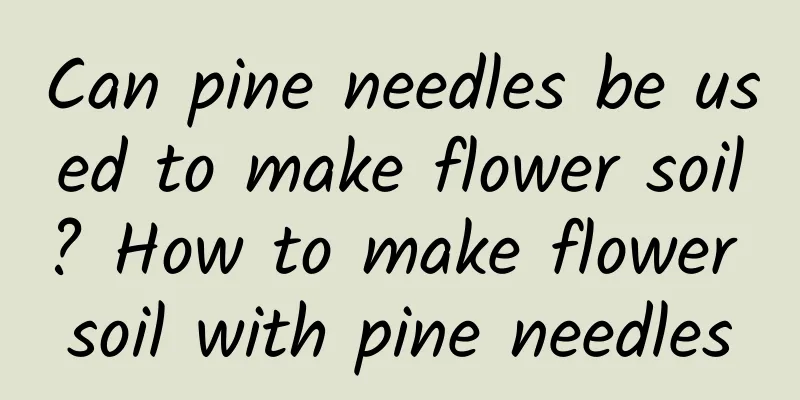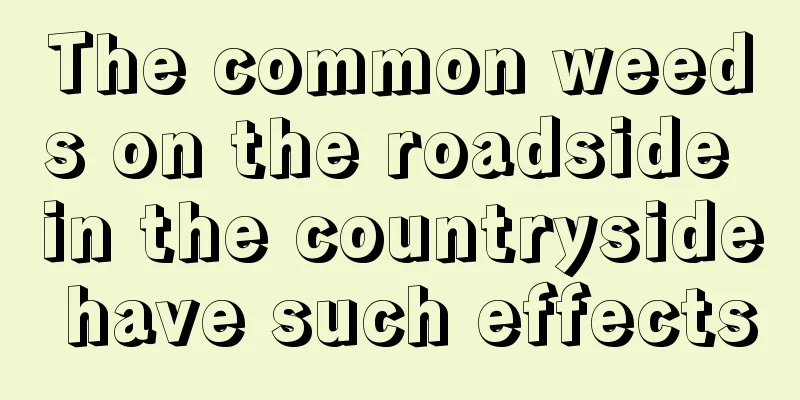What kind of soil is suitable for growing jasmine?

Jasmine soilJasmine likes slightly acidic soil, that is, the pH value of 6 to 6.5 is the most suitable soil for its growth. When planting, the culture soil is required to be rich in organic matter and have good water permeability and ventilation properties. Potted jasmine should be repotted and re-soiled once a year. When changing the soil, remove the old soil and residual roots, replace it with new culture soil, and improve the soil's aggregate structure and nutrients. That's it. Jasmine can be grown in ordinary soil. Ordinary soil is mostly neutral soil, and jasmine can survive in this soil. Of course, it can also be cultivated in nutrient soil, but nutrient soil can make jasmine grow faster and better. Jasmine soil preparation method1. Nutrient soil The soil for jasmine should be loose, fertile, well-drained and slightly acidic, and the pH value should be between 5.5-7. 2. Configuration When preparing the soil, you can use four parts of compost and garden soil, and then mix in two parts of fine sand to improve drainage, or use one part each of garden soil, leaf mold, and sawdust, and then add a small amount of cake residue as base fertilizer. Changing the soil for jasmine potted plants1. Preparation: Before repotting, water the plant thoroughly once and wait for one to two days until the soil is neither dry nor wet. 2. Remove from the pot : First knock on the outer wall of the flowerpot to separate the flowerpot and the soil. If knocking on the outer wall does not work, insert a knife along the inner wall of the flowerpot to separate them. 3. Separation : Gently peel off the soil in the pot of the separated jasmine flowers. It is best not to damage the roots. Then check the separated roots to see if there are old roots, diseased roots, or dead roots. If there are any, cut them all off. 4. Add soil : Pour the prepared soil into the flowerpot, first fill one-third of the way, hold the jasmine flower with one hand, and fill the soil with the other hand, compacting it so that the roots and soil are in full contact without leaving any gaps. Do not fill the flowerpot completely with soil, leave a height of two centimeters for watering later. 5. Watering : Be sure to water thoroughly this time. The emphasis is on the word "thoroughly". It is best if a lot of water flows out from under the pot. |
<<: Finger orange planting conditions and growth environment requirements
>>: Lemon planting conditions and temperature requirements in the planting area
Recommend
How to raise Shen Xiangqu
1. Breeding environment 1. Soil: Loose soil can b...
Lisianthus planting methods and time, sowing time and technology
Suitable planting time for lisianthus Lisianthus ...
When is the best time to sow gerbera
Gerbera sowing time African daisy is a perennial ...
What can't be eaten with coriander? What are the benefits of coriander?
1. Foods that cannot be eaten together 1. Liver: ...
How to grow osmanthus at home
Causes of poor growth The dormant temperature of ...
The benefits of placing bamboo cypress indoors (Is it good for human health to keep bamboo cypress at home)
What are the benefits of growing bamboo cypress p...
Best time for high pressure breeding
1. Best time The best time for high-pressure prop...
How many years does the orchid tree bear fruit?
The orchid tree has been planted for several year...
How to plant dragon fruit seedlings
1. Choose a flower pot Choose a larger clay pot w...
Can cat litter be used as fertilizer?
Cat litter as fertilizer Cat litter can be used a...
Cultivation methods and precautions of ganluzi
Cultivation method of nectarine Light and tempera...
Give the flowers some digestive tablets, and they will be like taking stimulants, and they will bloom endlessly!
Stomach-strengthening and digestion-promoting tab...
How to grow Kinokawa succulent
1. Soil This kind of succulent plant generally pr...
How to grow purple orchid
1. Temperature It is suitable for growing in an e...
How to judge whether the rose cuttings have survived (how to judge whether the rose cuttings have taken root and survived)
How to judge whether the rose cuttings survive No...









